Like many of the physical forces that we encounter every day, vibration is as abundant as they come. Whether it’s the vibrations in the air that create the sounds of our favorite tunes, or the natural rumble from a car engine, vibration is a key feature of the physical world around us. Yet, sometimes vibration is undesirable, and negatively affects the way we work and live day-to-day.
If you are a consultant for a building and construction firm or an engineer for industrial machinery, vibration is almost certainly a major feature of your work. In most cases, untreated vibration is a variable that must be considered. In the long run, unaddressed vibrations lead to structural damage to buildings and machines, which ultimately means costly maintenance and time delays for your business.
In modern machinery and construction, vibration isolation pads are a major component to ensure that buildings and heavy equipment are protected from vibration-related damages. With vibration control solutions that span across industries, read on to learn more about the purpose of vibration isolation pads.
Applications for Vibration Isolation Pads
Vibration isolation pads have a variety of uses that span multiple industries. Despite the differences in applications, vibration control solutions are a key portion of maintaining and prolonging the effectiveness of industrial machinery, heavy equipment and buildings.
While there is no upper limit on the number of industries that use vibration isolation materials, we will highlight a few applications that display the purpose of vibration isolation pads:
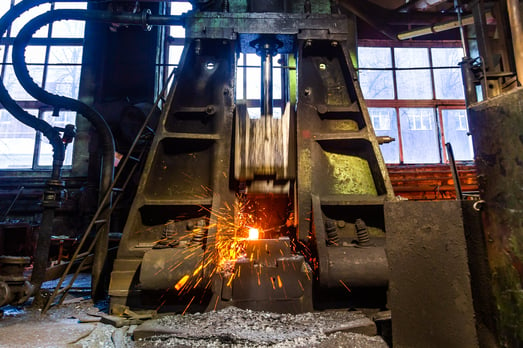
Shock and Vibration Control for Heavy Equipment
Across industries, heavy machinery powers the processes that extract or produce resources and goods that we need. These heavy machines often create great amounts of force due to their size and the nature of their work. Vibration is one such force that may cause long-term issues for heavy machines.
In the forging industry, large and powerful forge hammers generate impact shock from pounding metals into shapes for materials. The impact shock, in turn, creates vibration that reverberates throughout the machine and the foundation the machine rests on. The impact shock and vibration forces can cause damage to both the machine and the foundation, leading to longer maintenance times and shorter machine life.
However, proper shock and vibration control via vibration isolation pads can address both challenges. Vibration isolation pads, depending on the material, are placed strategically throughout the machine and the foundation for a complete vibration isolation system. Vibration isolation pads are part of the solutions that work for forge hammer isolation.
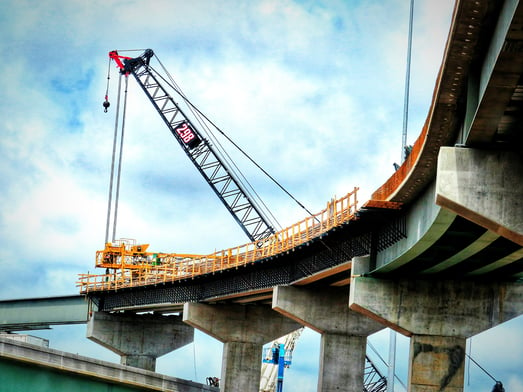
Vibration Control for Building and Construction
Architects and structural engineers alike value well-engineered solutions. Vibration isolation pads are an essential component of building and construction design. When drawing up plans for a structure, architects and engineers must consider the vibration forces at play.
Much like heavy machinery, a whole-system approach with vibration isolation pads is the best way to achieve results. There are plenty of successful solutions in building and construction that prove how vibration isolation pads help overcome challenges for engineers and architects alike.
What’s more, well-designed vibration isolation pads can even be used as bearing pads for other construction applications. In bridges, the load-bearing properties of vibration isolation pads allow for flexibility and movement where it is essential. With all these applications in mind, what’s the best material to use for shock and vibration control?
To learn more, download our reliable solutions brochure for more on how vibration isolation pads span across industries to deliver results:
What is the Best Material for Vibration Isolation Pads?
As we outlined above, the applications for vibration isolation pads span several industries. The best material for vibration isolation pads, therefore, depends on the application. The best vibration isolation material for heavy equipment may not be the best vibration isolation material for a different application.
So, the best material for vibration isolation pads simply depends on what the application is. In some instances, a cotton duck pad might serve your purpose better than a rubber pad. Below, we look at some of the best vibration isolation materials from Fabreeka’s own product line:
Fabreeka® Pad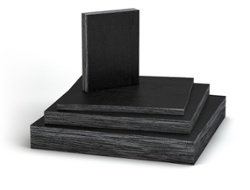
Our flagship shock and vibration control product, the Fabreeka pad. This resilient cotton duck pad first hit industries in 1936 and has stood the test of time as one of the most reliable and effective vibration isolation pads on the market. The properties of the cotton duck pad are well-suited for shock and vibration control and can be used as part of a holistic solution with Fabreeka washers and bushings.
Impermeable to oils, the effects of steam, water, mildew and brine, the Fabreeka pad is scientifically constructed to provide vibration isolation in tough environments. The Fabreeka pad accommodates compressive loads up to 10,000 psi and boasts an impressive damping rate of 14% of critical. See how our vibration isolation pads work in action for mining equipment.
Fabcel® Pad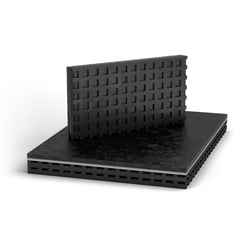
Used for over 60 years to isolate machinery and sensitive equipment, Fabreeka’s Fabcel pads are another great material for shock and vibration control. Manufactured from nitrile rubber, the range of thicknesses and pad types makes it a great material for vibration isolation pads.
Like Fabreeka pad, Fabcel can be cut into washers and OEM parts to fit a whole vibration isolation system. Its unique cell geometry makes it especially designed to maintain its shape even under load.
SA-47 Pad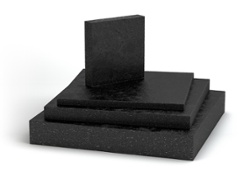
For an affordable, eco-friendly approach to vibration isolation, look no further than Fabreeka’s SA-47 random-oriented fiber pad. The SA-47 is made from a masticated rubber that uses a blend of recycled compounds and synthetic fiber reinforcement. This vibration isolation pad provides enhanced compressive strength, stiffness and tensile strength.
Moreover, the SA-47 withstands compressive loads up to 7,000 psi and is impervious to most oils, steam, water, mildew and brine. Our random-oriented fiber vibration isolation pad is an economical option for shock and vibration control.
Whether your application is in building and construction, or for heavy equipment, Fabreeka has the vibration isolation solutions you need. Engineered and manufactured to your needs, Fabreeka’s vibration isolation pads work as part of a complete system to provide superior shock and vibration control.
Fabreeka’s vibration isolation pads are trusted across industries. For the best vibration isolation material, look no further than Fabreeka!
If you enjoyed this article, you should read "What is Fabreeka Pad?" for more in-depth information about or industry-hailed shock control solution.

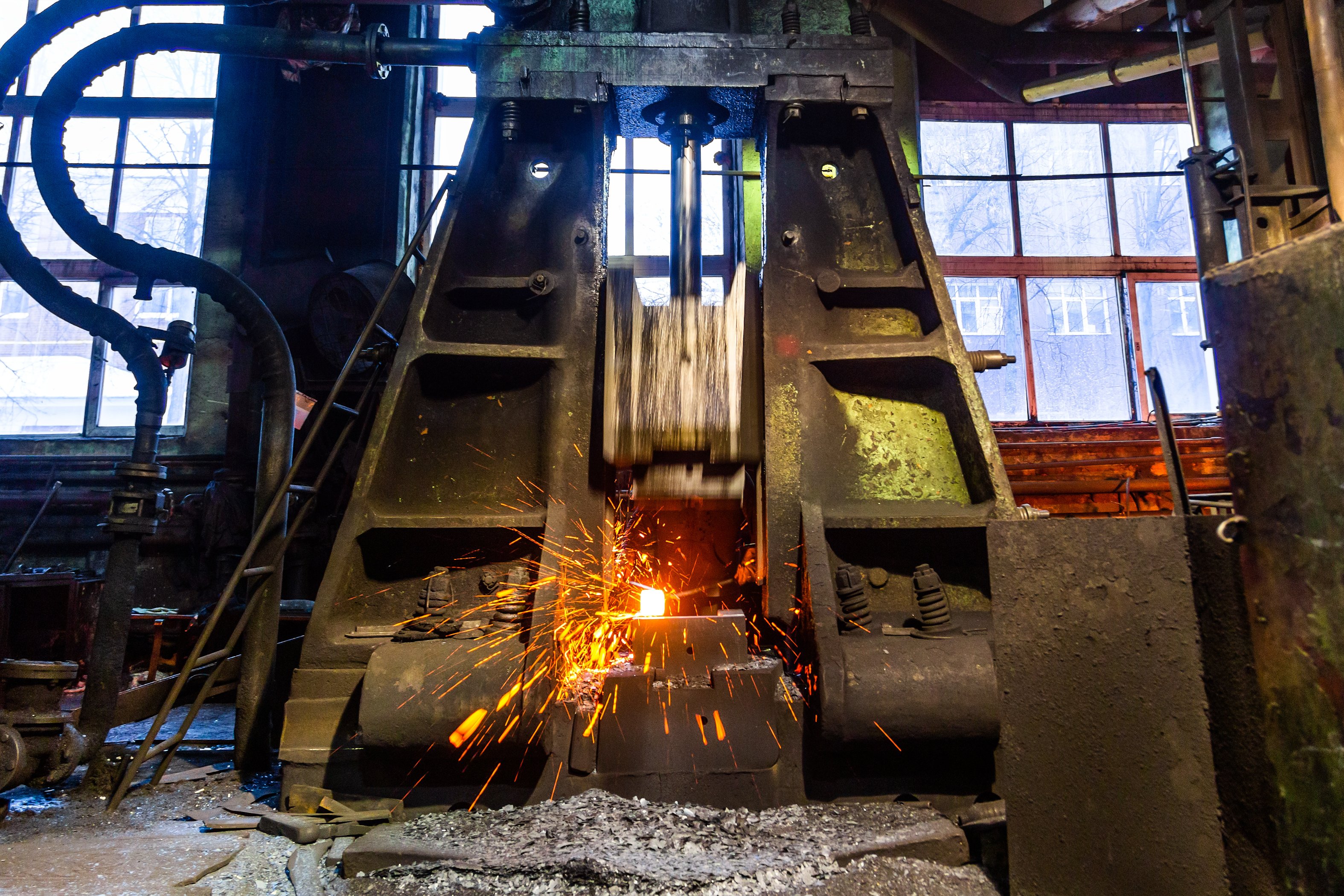

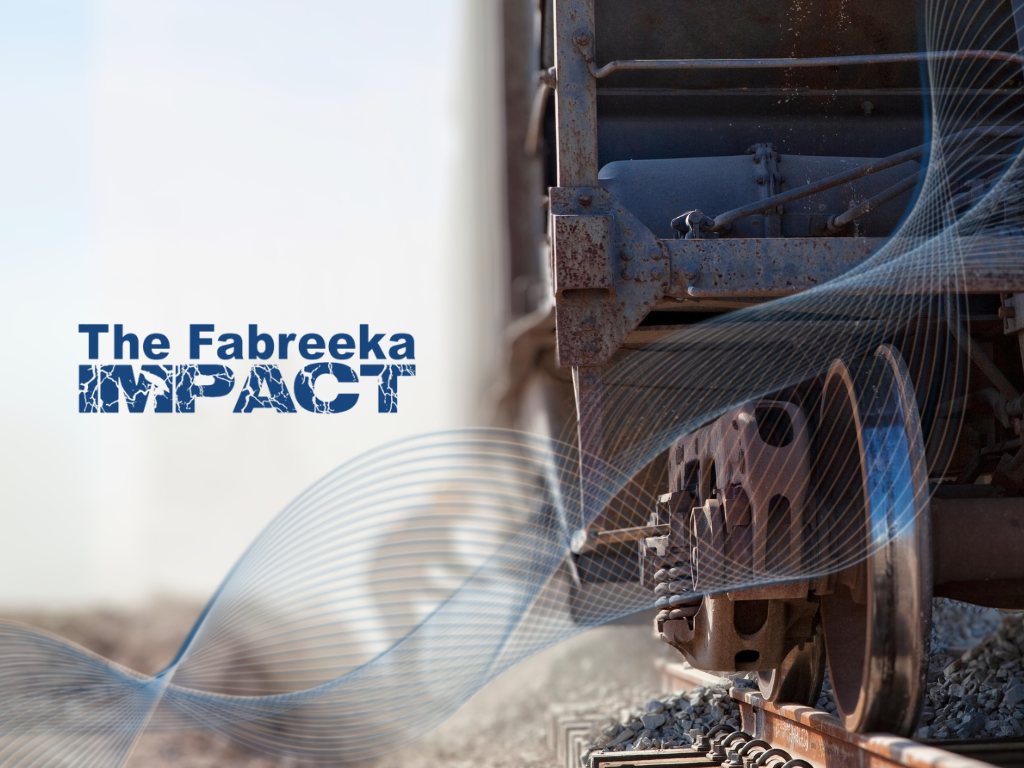

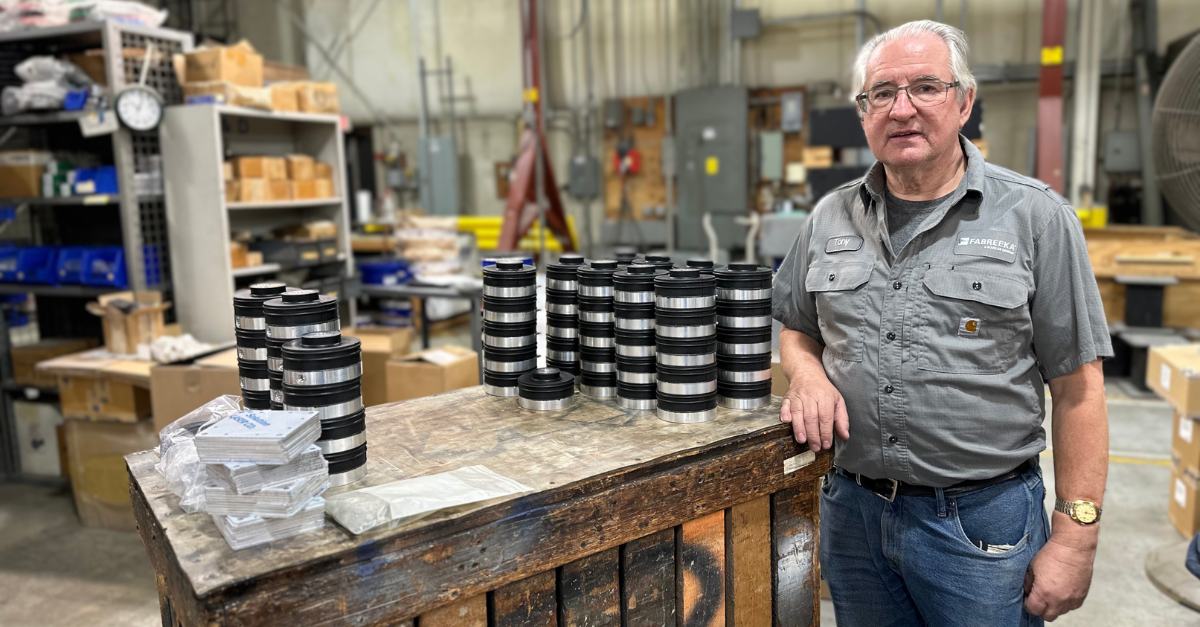
SUBMIT YOUR COMMENT